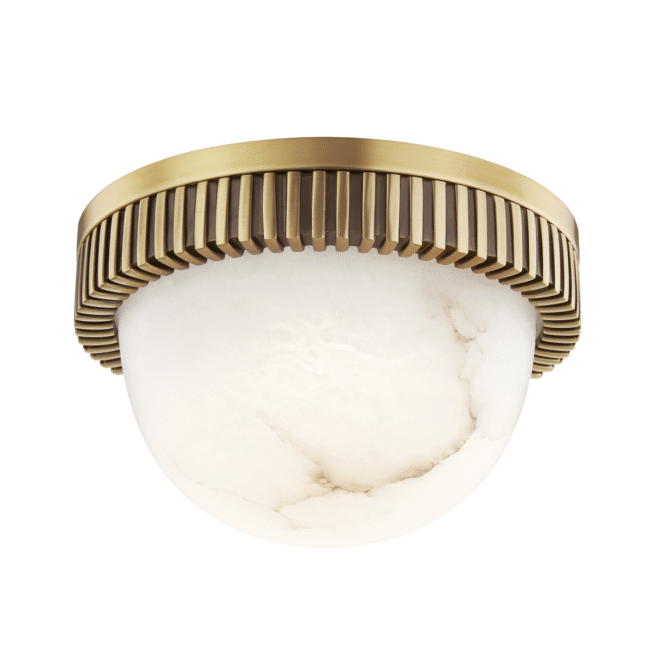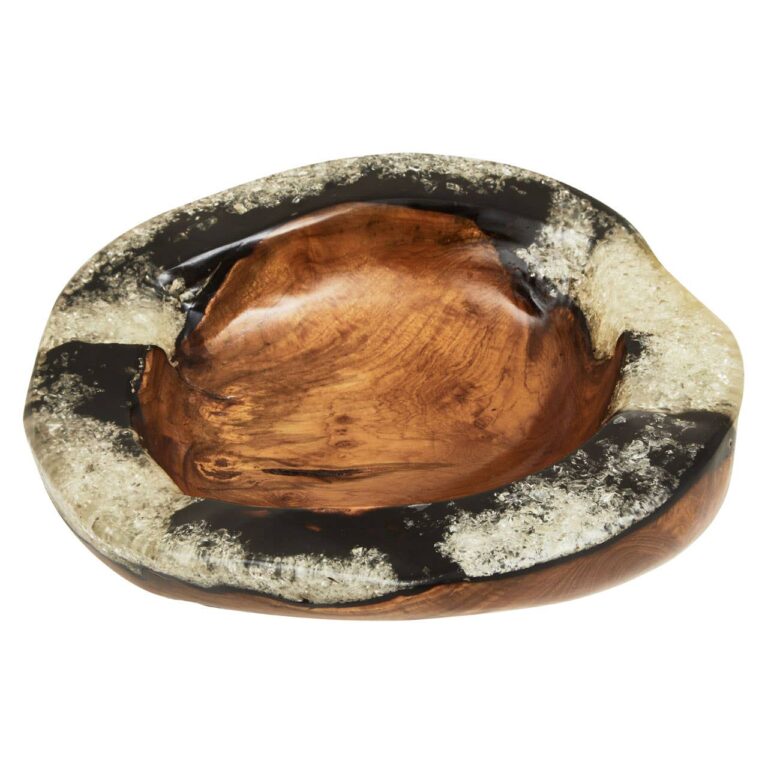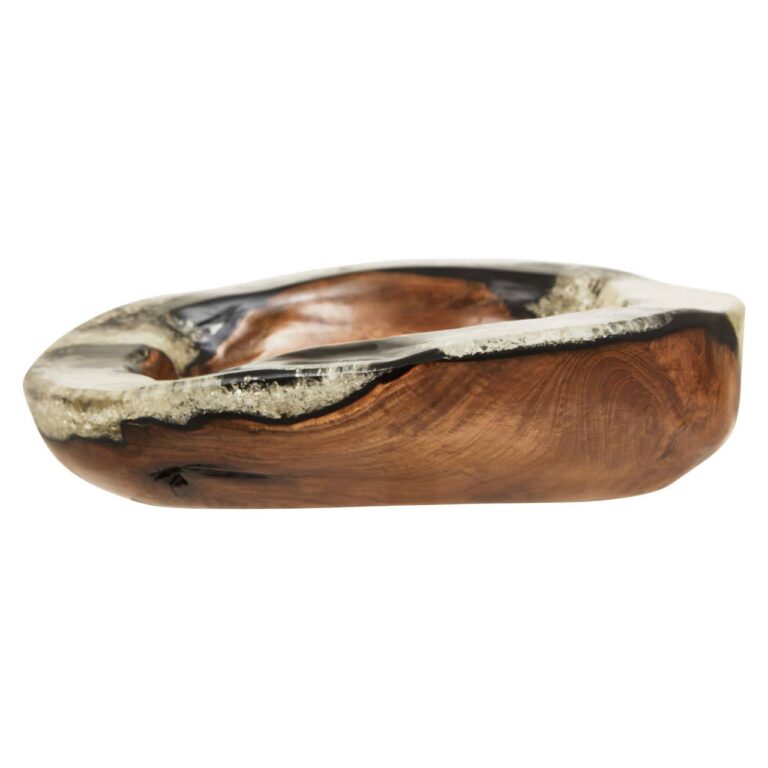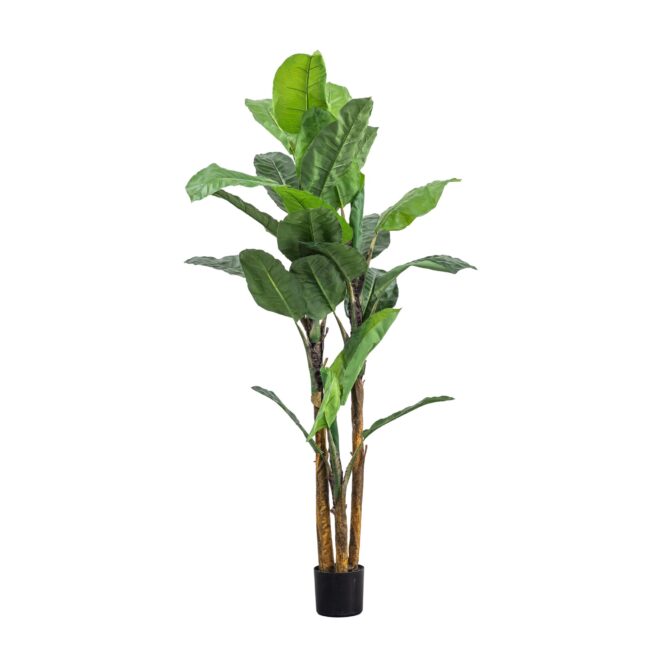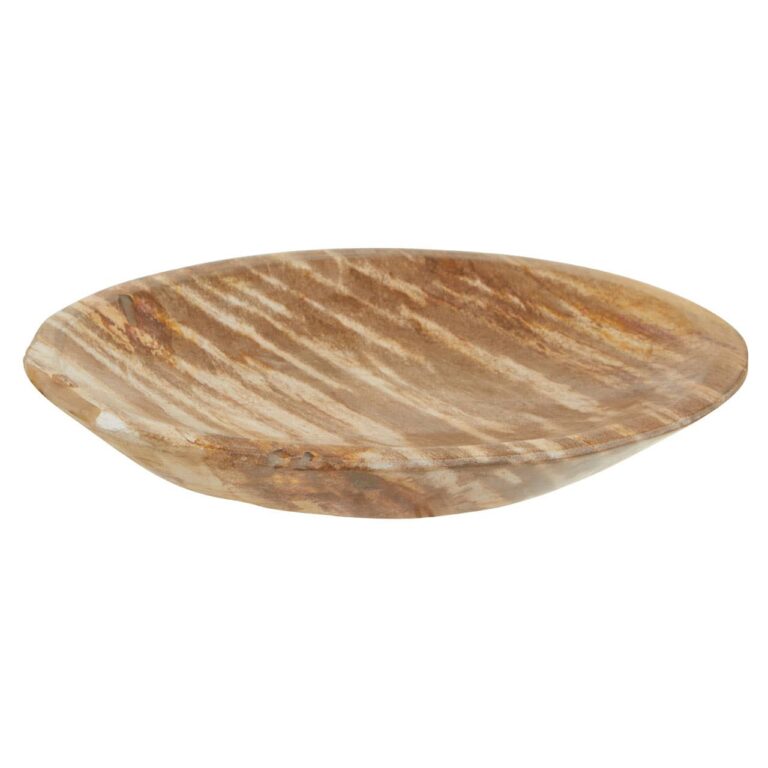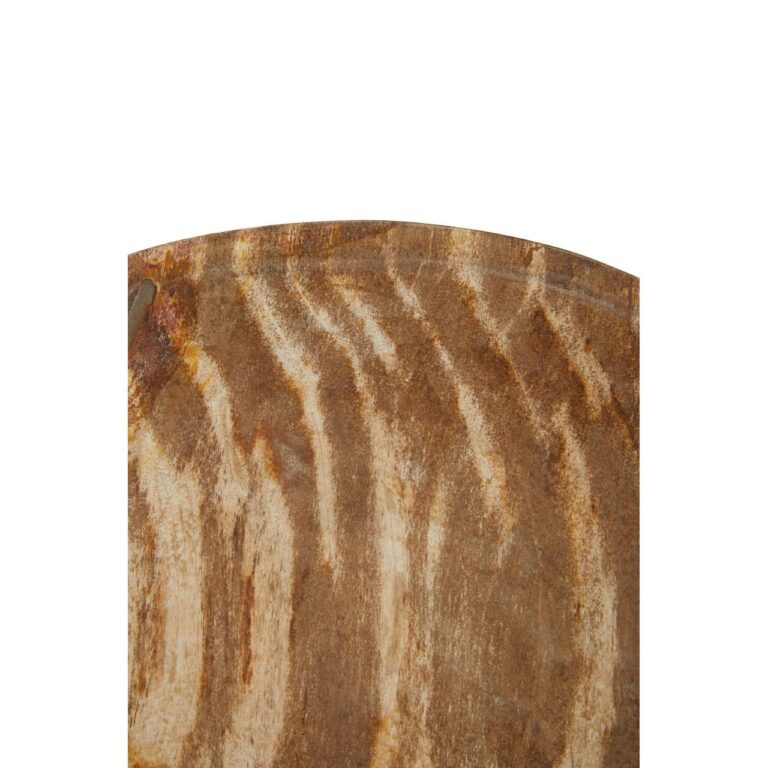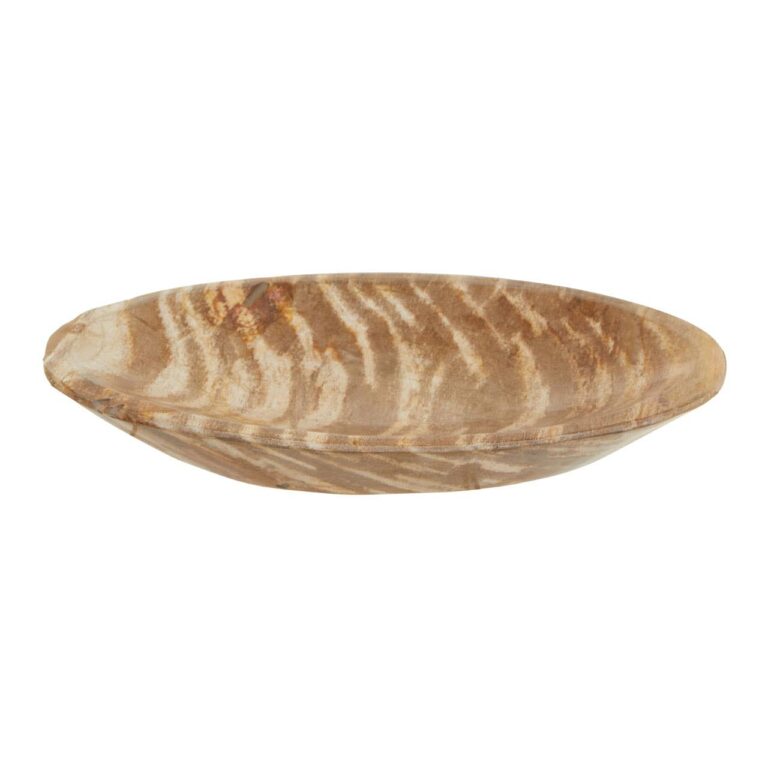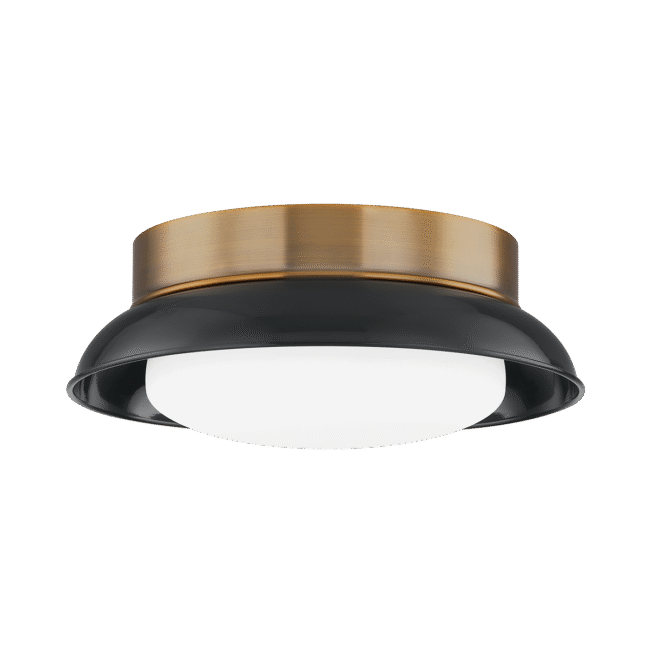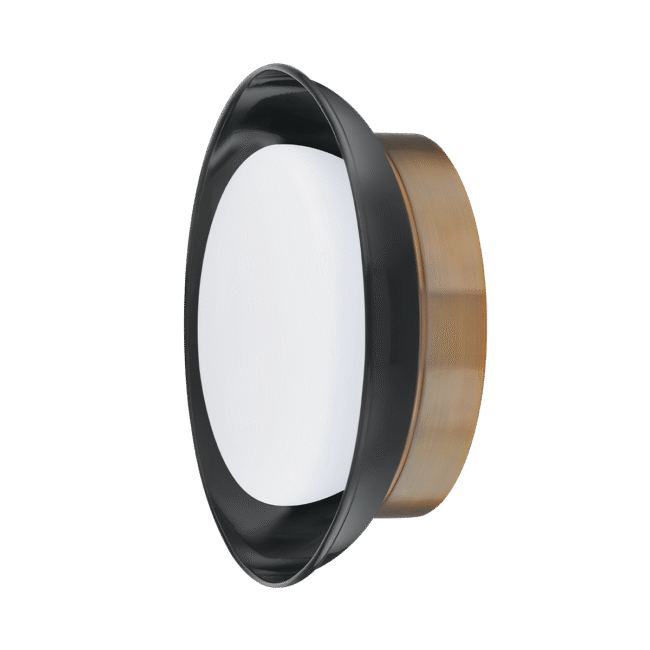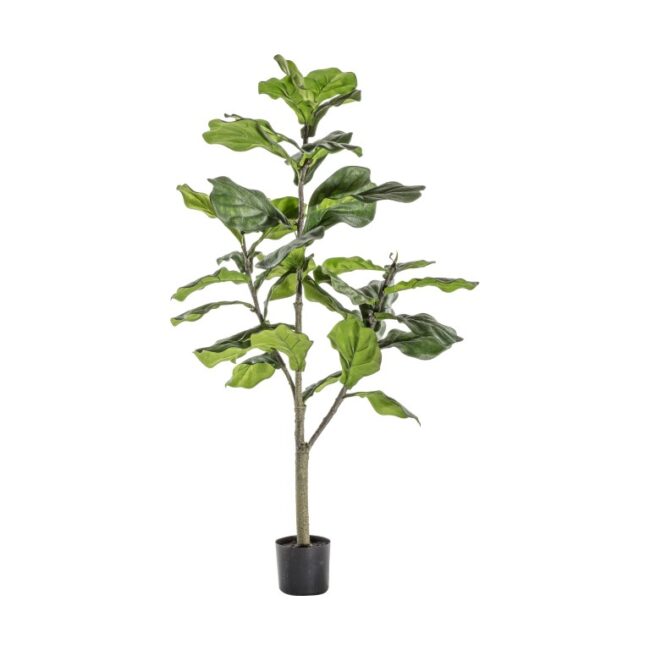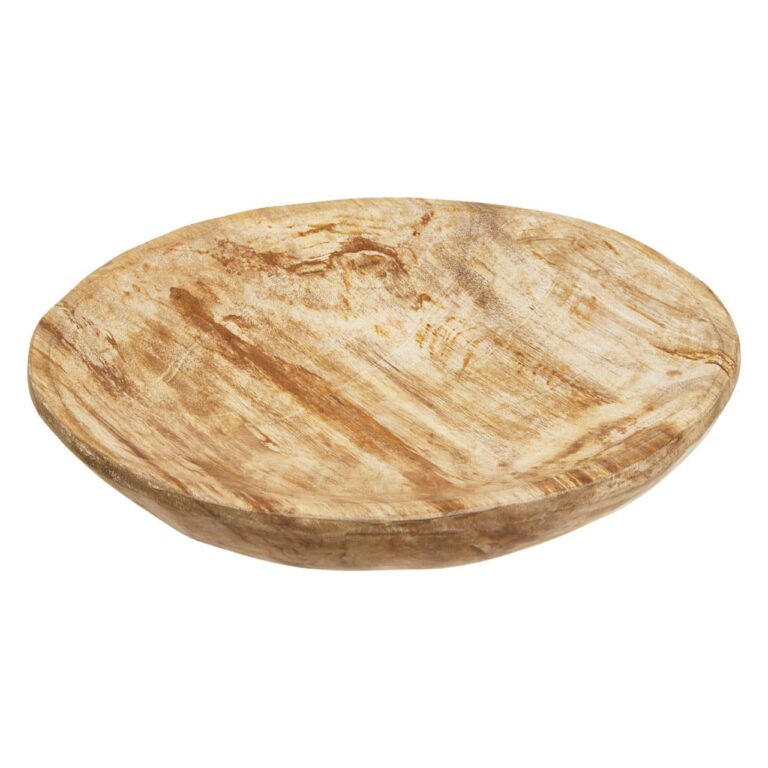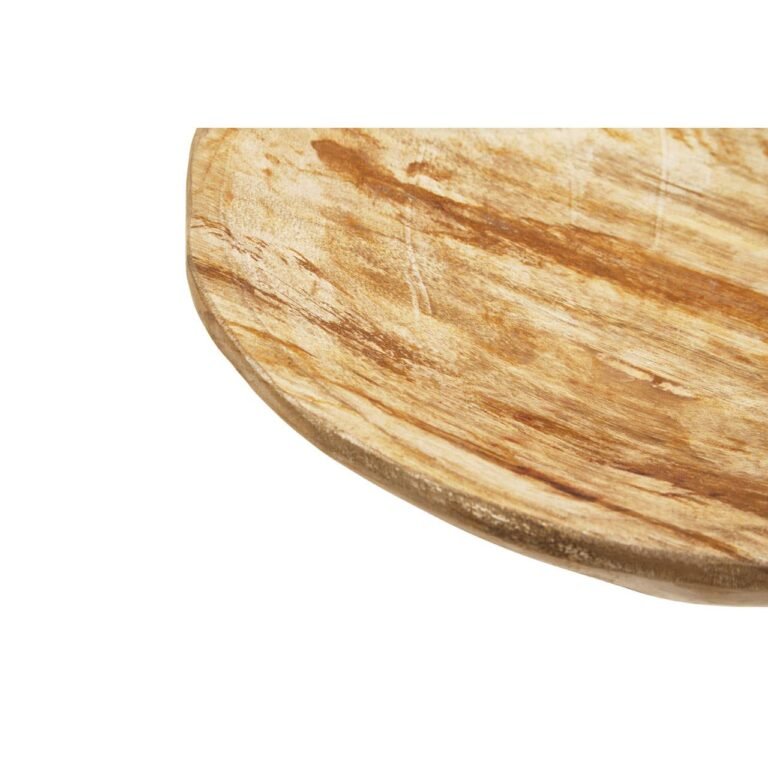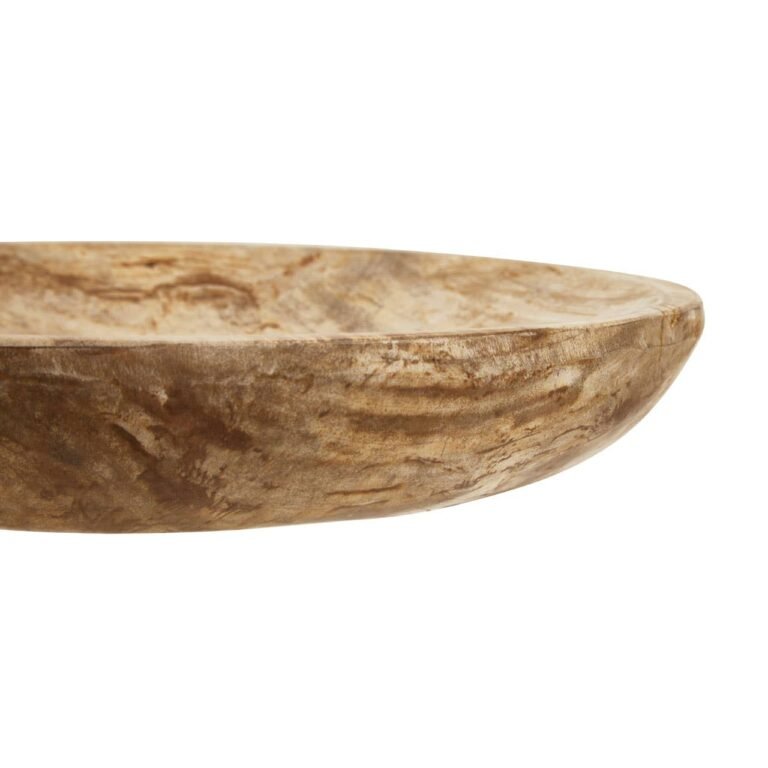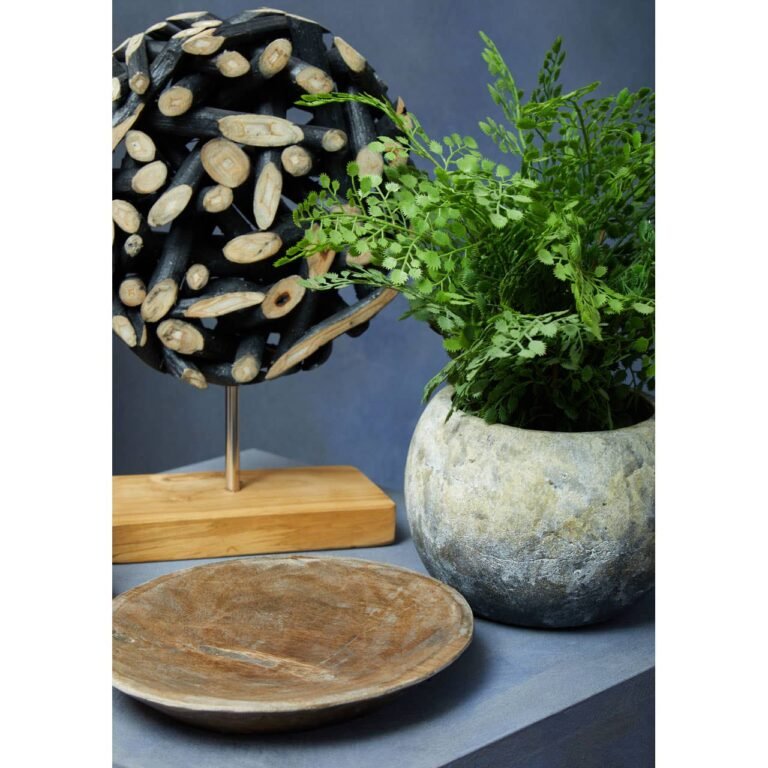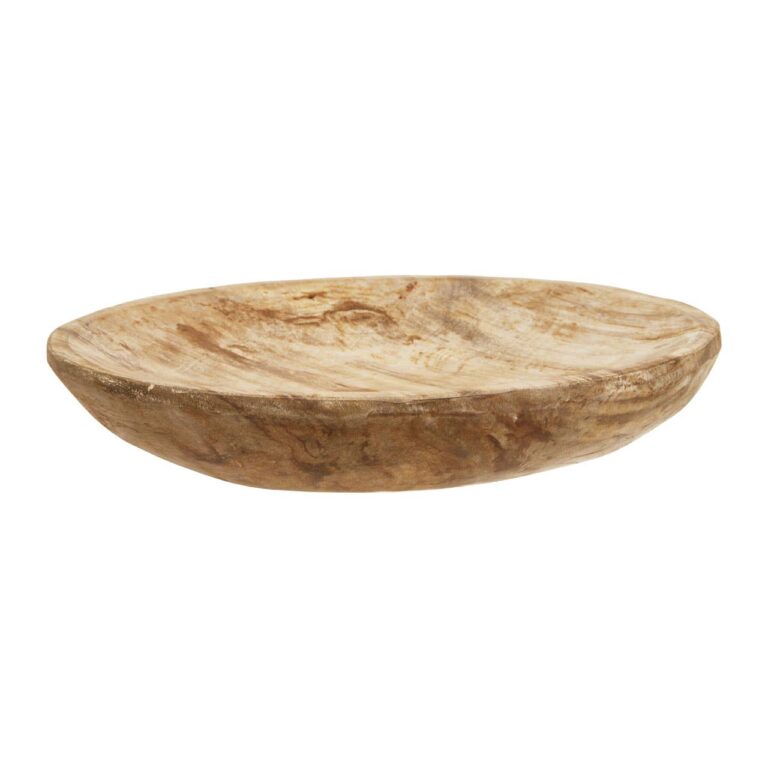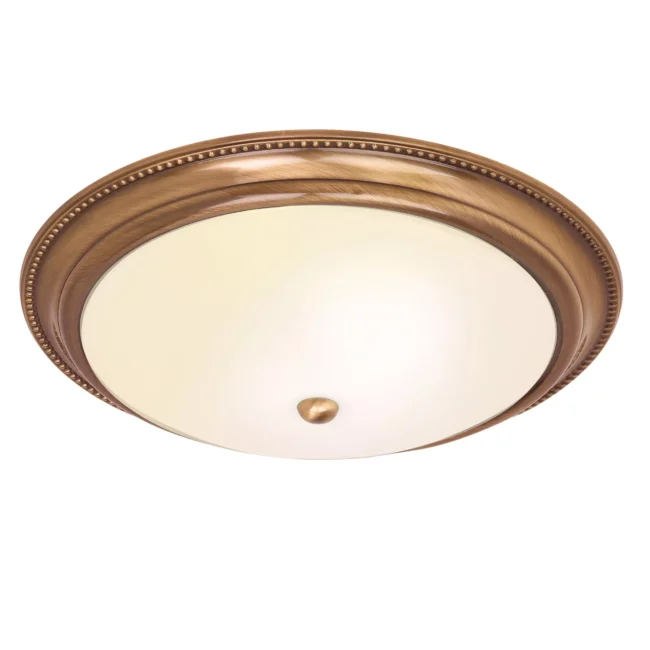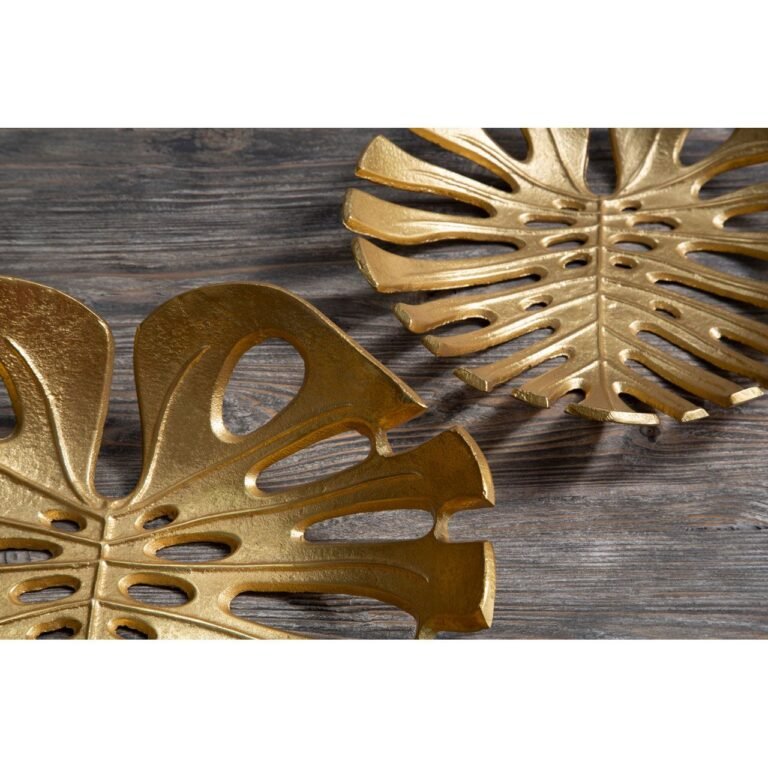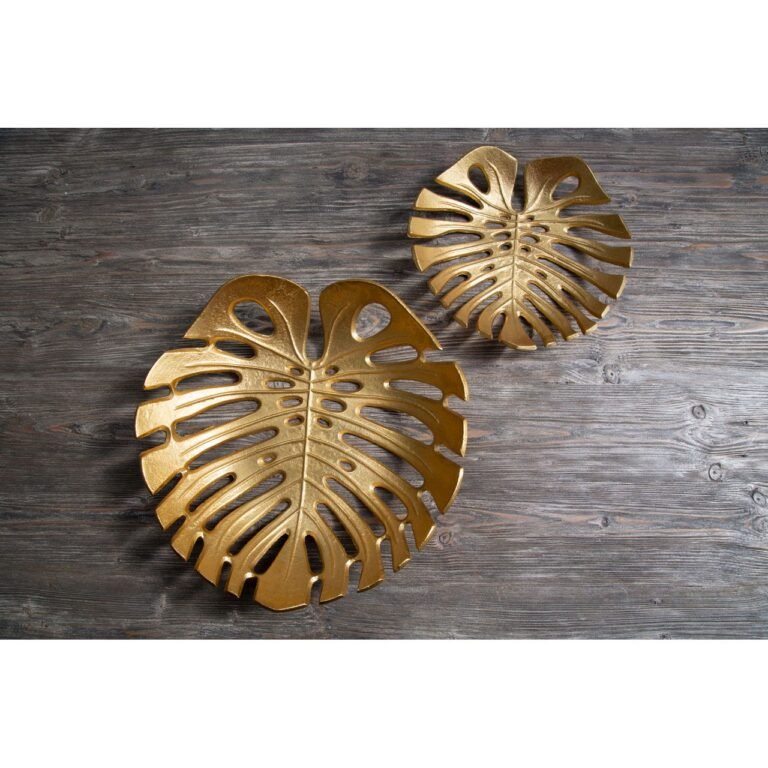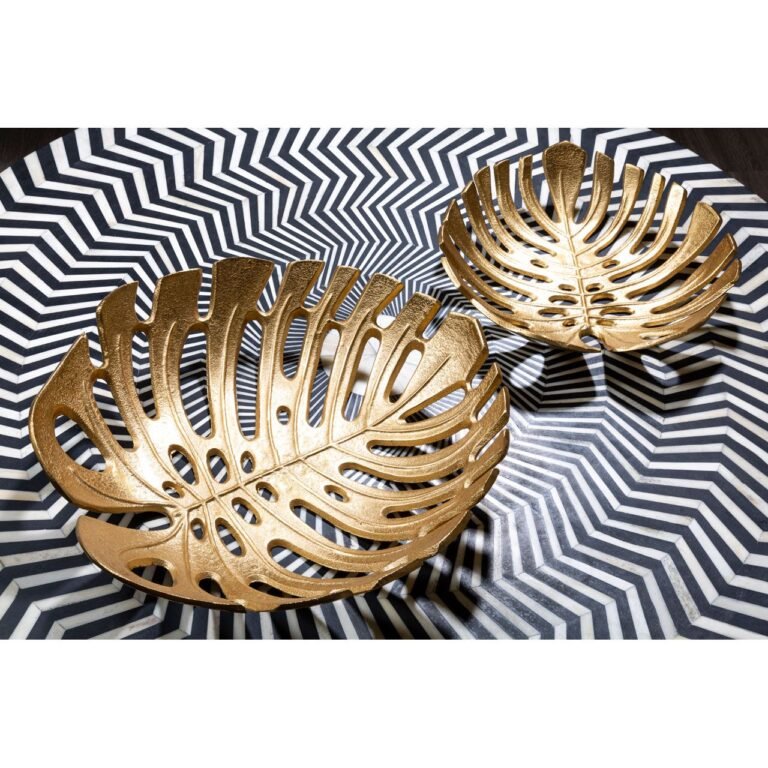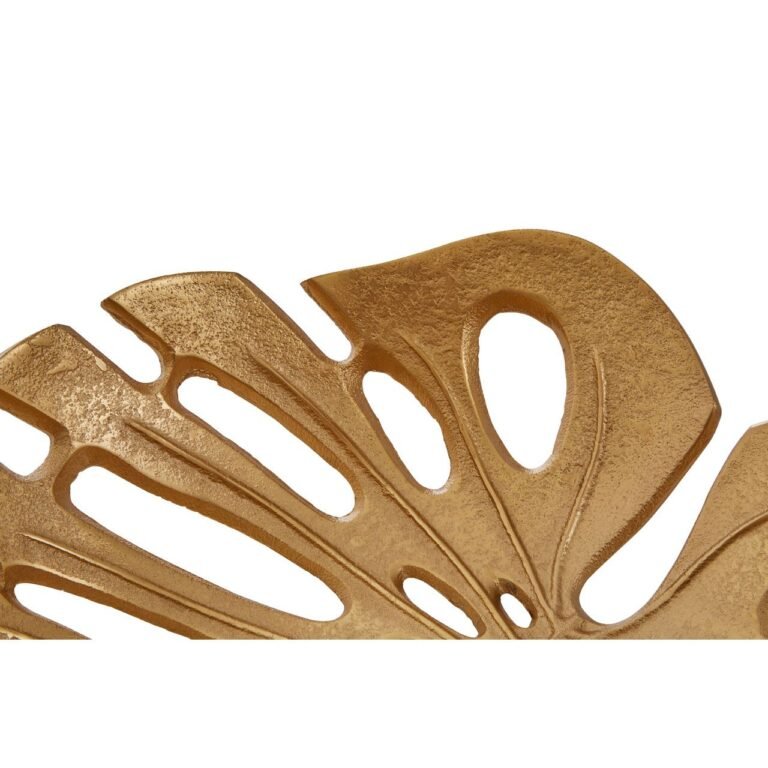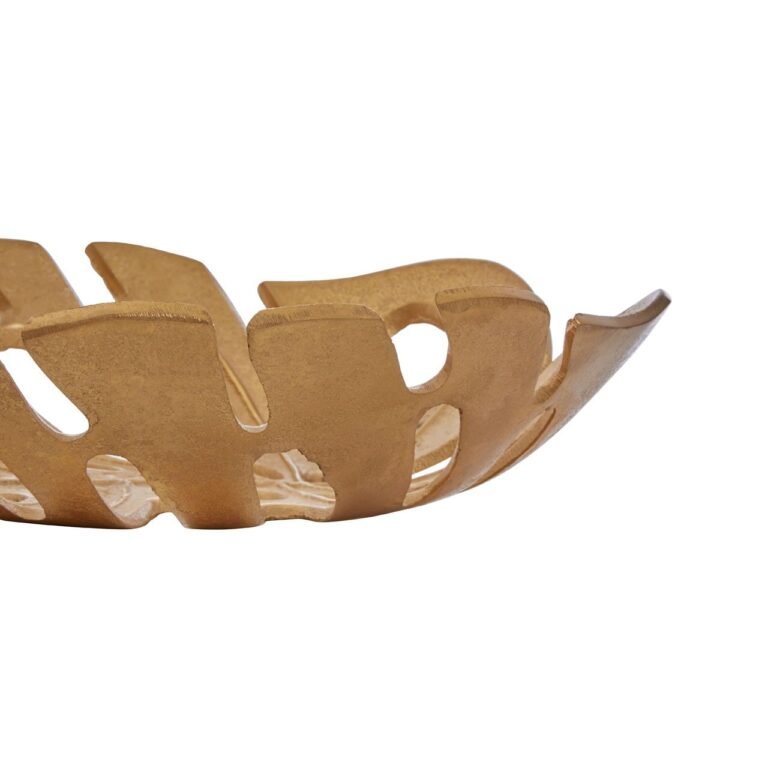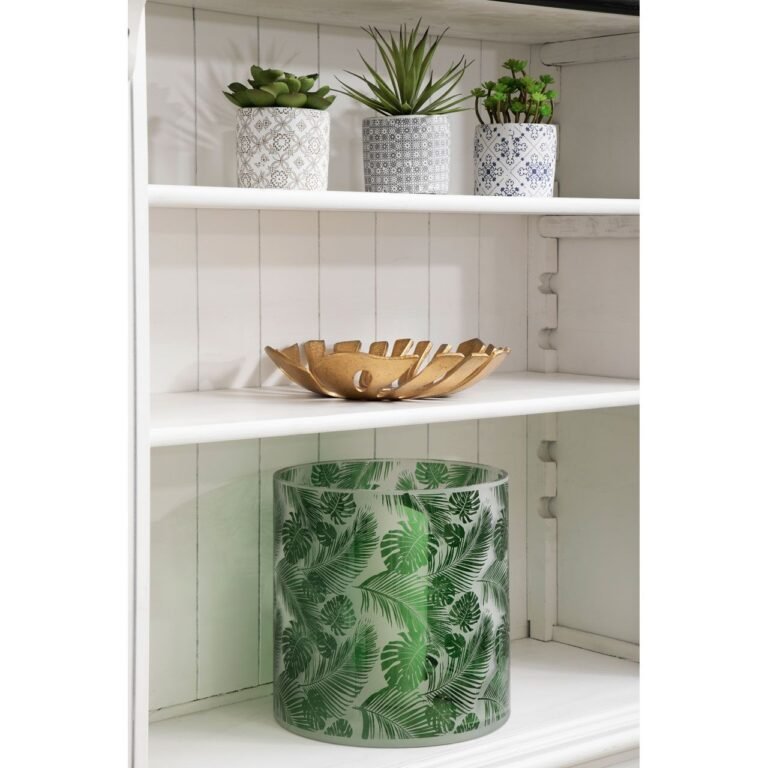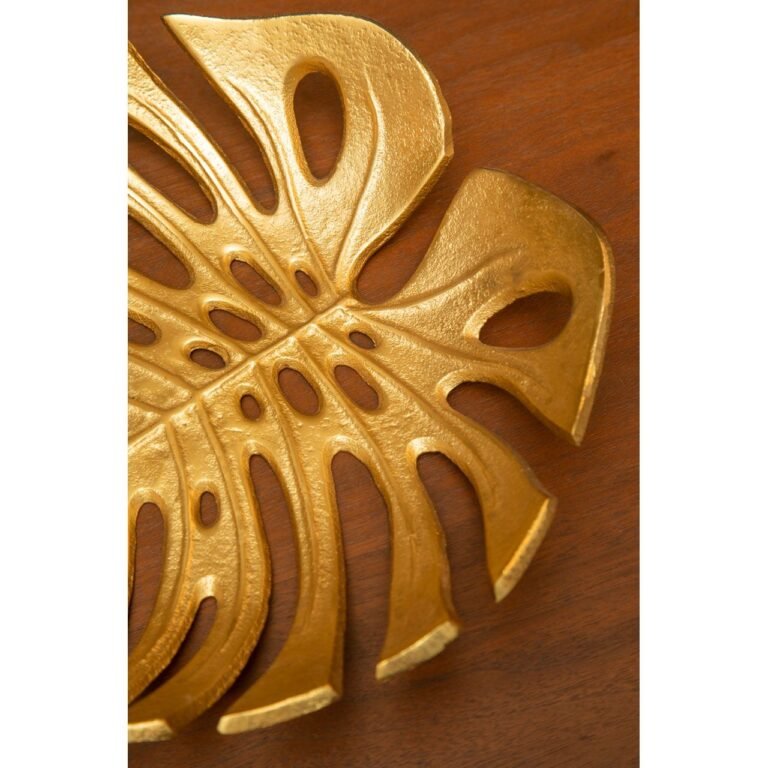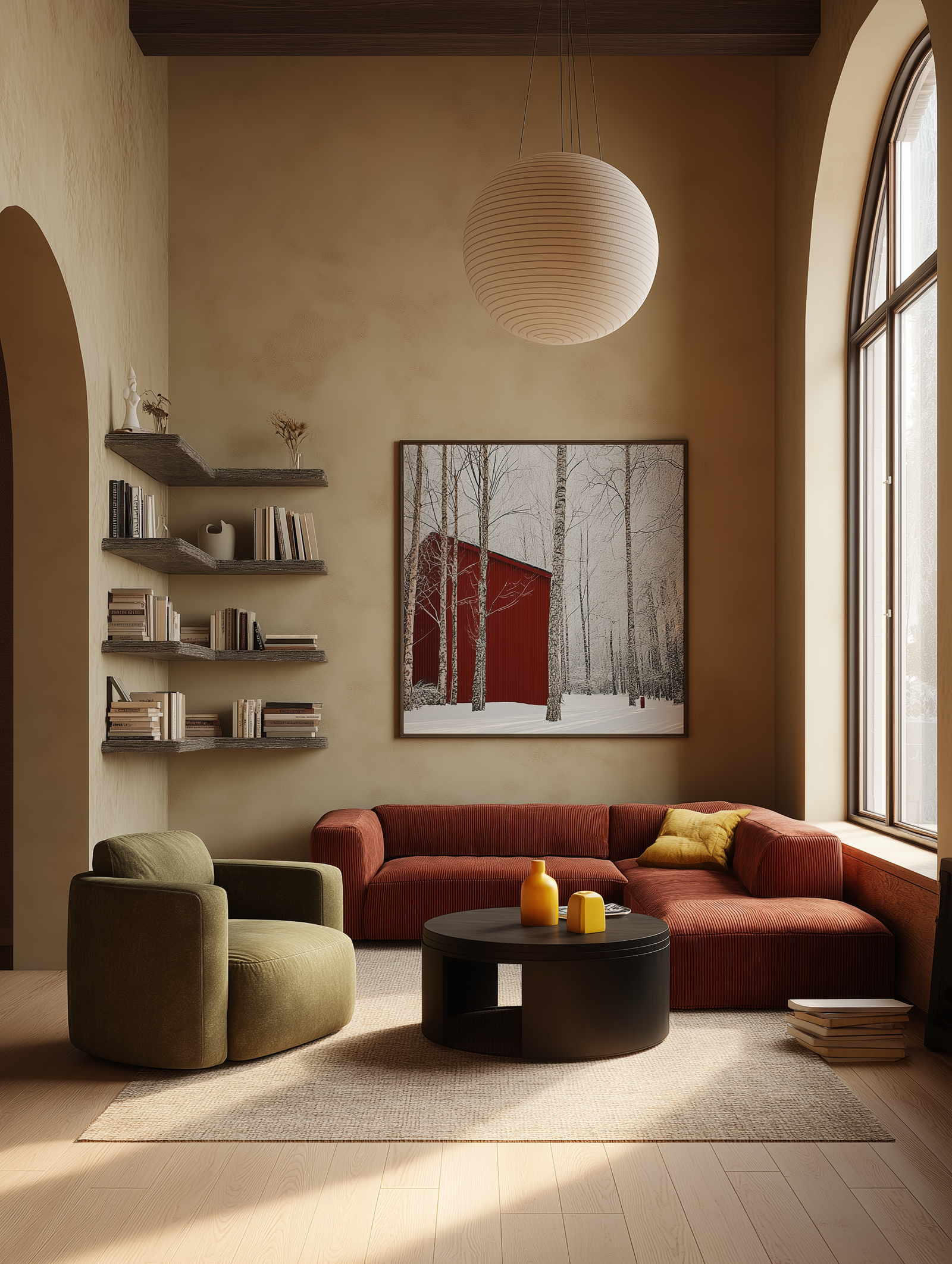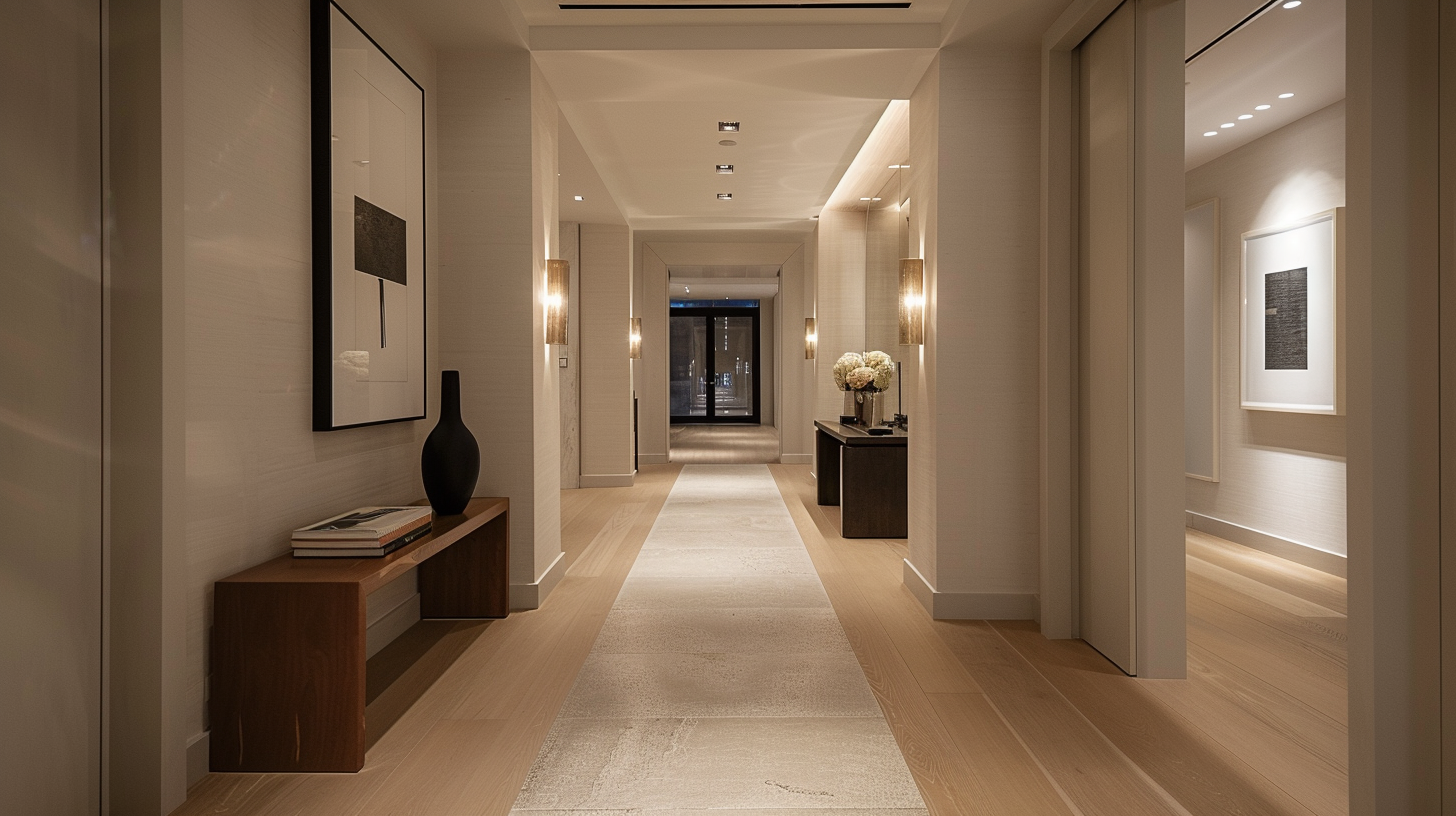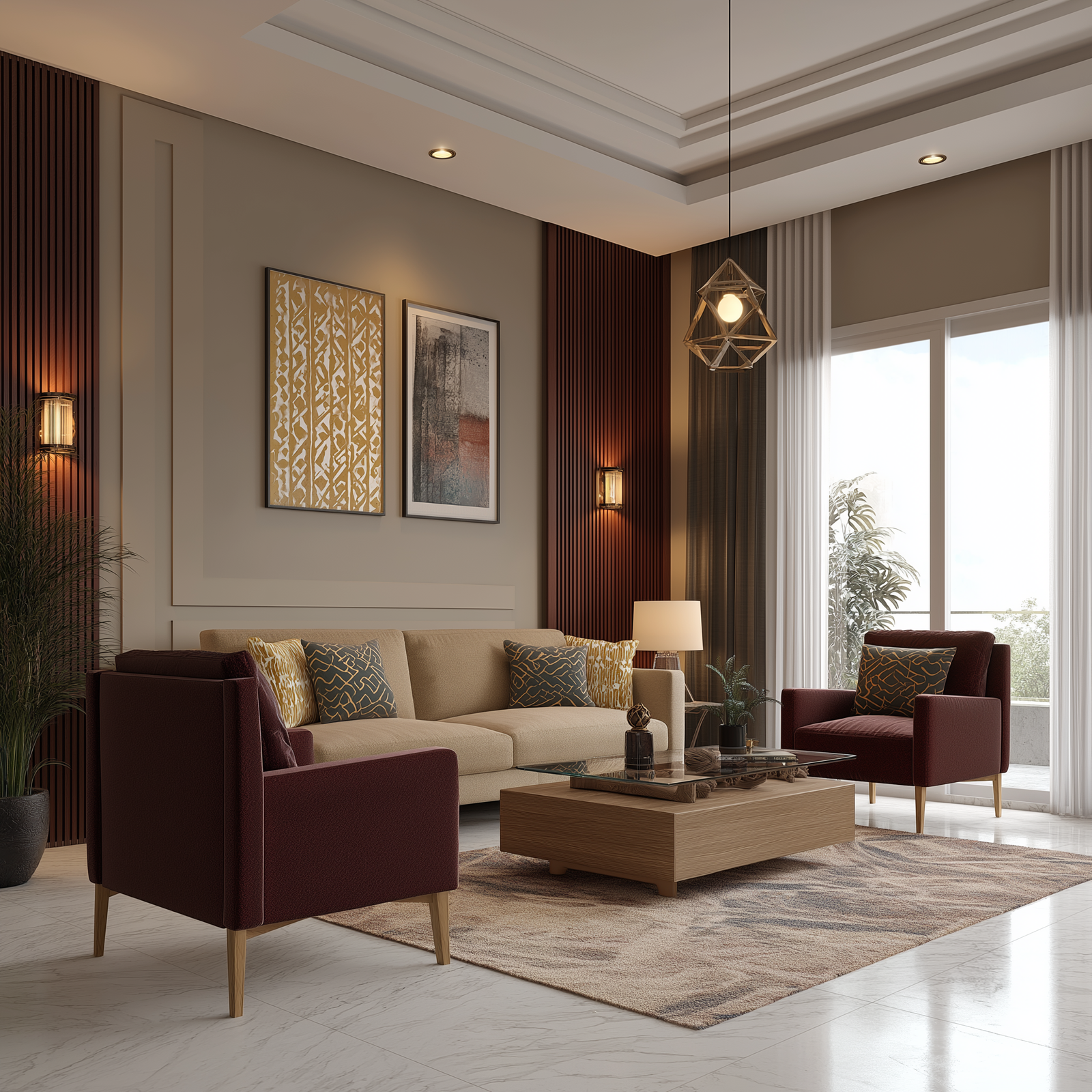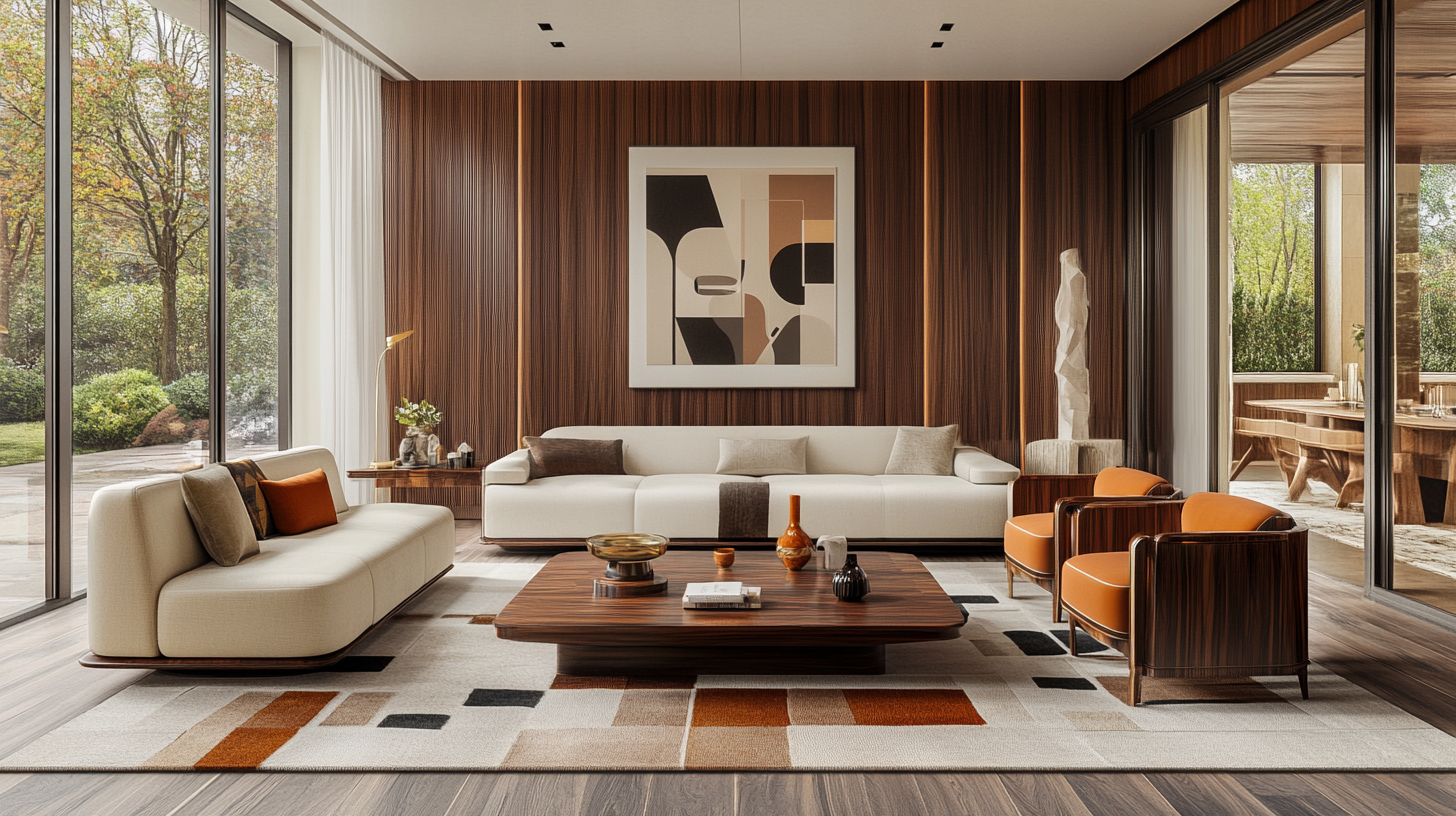The Essence of an Organic Modern Home: Where Nature Meets Design
Designers keep returning to a short list of honest, tactile materials because they deliver warmth, longevity, and sensory richness in ways mass-produced substitutes rarely can. This post breaks down five natural materials that interior designers swear by — and explains how to use them so your space reads as contemporary, calm, and rooted. Whether you’re renovating a flat or dressing a new build, you’ll walk away with concrete palette choices, sourcing tips, care advice, and styling ideas to shape an organic modern home that feels curated rather than contrived.
What we’ll cover (the six subtopics in this post):
Why natural materials matter (how they define an organic modern home)
Warm woods — species, finishes, and joinery
Honed and raw stone — floors, counters, and texture layering
Clay, terracotta & lime plaster — the alchemy of handcraft
Natural textiles — linen, wool, hemp for layered comfort
Living elements — plants, moss, and integrated biophilia
Each subtopic gives practical steps for selection, placement, and upkeep so you can translate the look into a high-performing, everyday organic modern home.
-

Ainsley Flush Mount
£726 Add to cart -




Arime Palm Tree
£100 – £120Price range: £100 through £120 Select options This product has multiple variants. The options may be chosen on the product page -






Kira Burnt Effect Bowl
£108 Add to cart
Why natural materials matter — the DNA of an organic modern home

Natural materials do something synthetic materials rarely can: they provide an immediate, multisensory signal of quality and time. An organic modern home is not merely a mix of neutral tones and clean lines — it’s a composition of authentic materials with honest finishes that age well and develop character. This section explains the sensory, environmental, and resale advantages of committing to natural surfaces.
Sensory impact: Natural materials register underfoot, underhand, and in the air. A raw timber threshold is warm to touch; a hand-troweled lime wall catches light and casts soft shadows; a wool rug absorbs sound. Together these qualities create an environment that feels settled rather than staged — a major reason high-end designers favor them when specifying an organic modern home.
Environmental and health wins: Naturally sourced materials often come with lower embodied energy and fewer volatile additives (assuming responsible sourcing). Choosing FSC-certified timber, reclaimed stone, or low-energy fired clay can help reduce the environmental footprint of a renovation. For homeowners who want an organic modern home that’s also responsible, pay attention to certifications and local craft.
Aesthetic longevity: Trends shift, but the tactile truth of natural surfaces endures. A honed limestone floor or a quarter-sawn oak panel will still feel tasteful in a decade the way a glossy ephemeral finish may not. That longevity is what gives an organic modern home its investment quality — rooms that continue to delight as they gently patinate.
Practical approach: Start with two hero materials (for example, oak and honed stone), then layer one accent natural material (clay plaster or woven hemp textiles). Anchor the color story on the materials’ natural tones rather than paint chips — this creates cohesion and ensures every element contributes to the overall organic modern home narrative.
Design tip: Keep joints, edges, and transitions simple. Natural materials demand respect from detailing. A flush stone threshold or a single continuous timber skirting will let the materials speak and keep the organic modern home aesthetic calm and confident.
Warm woods — species, finishes, and joinery

Wood is the shorthand of warm modern interiors: it reads as both contemporary and timeless. When used intelligently, timber is the easiest way to make a space feel lived-in, tactile, and at once modern — the perfect ingredient for an organic modern home. But not all wood choices are equal. Here’s how designers think about species selection, grain, finish, and the joinery that makes wood sing.
Species and grain: Choose your timber intentionally. Oak (particularly quarter-sawn) offers a linear grain and dimensional stability that works brilliantly for floors, cabinetry, and millwork. Walnut brings a richer tone and luxurious depth that reads elegant in furniture or accent panelling. Lighter species like ash or maple give an airy, Scandinavian-inflected look for kitchens and built-ins. Grain direction matters: vertical grain panels change perception of scale; horizontal grain expands visually.
Finishes: Natural oil finishes (tung oil, hard wax oil) are a designer favorite because they deepen tone while allowing wood to breathe and age gracefully. Unlike thick film varnishes, oils can be locally repaired and re-coated without stripping. For an organic modern home, favor matte or low-luster finishes — they absorb light and feel more tactile and honest than high gloss. Whitewashing or liming techniques can soften tone while maintaining visible texture — ideal for homes seeking a light, coastal-wood palette.
Joinery & details: Visible joinery (dovetails, through-tenons, mitered corners) is a hallmark of well-made furniture and cabinetry. Designers often use simple, crisp joinery with minimal hardware to maintain modern lines while showcasing craftsmanship. Recessed finger pulls and shadow gaps offer modern minimalism without the visual clutter of traditional knobs — a subtle way to keep a space feeling like an organic modern home.
Applications & scale: Use wood at multiple scales: wide plank floors to root the space; a chunky butcher-block island for daily life; thin veneer panels for vertical surfaces that read as architecture. Repeating the same species across applications binds rooms together — for instance, matching oak floors to oak kitchen casework creates continuity. Contrast warmth and coolness by pairing wood with concrete or honed stone surfaces for modern balance.
Sourcing & sustainability: Designers are increasingly sourcing reclaimed timbers, which offer dramatic patina and reduced environmental impact. If buying new, look for FSC certification and ask about milling waste, kiln-drying methods, and VOCs in glues or adhesives. For an organic modern home built on principles of responsibility, these questions are non-negotiable.
Care & aging: Wood needs routine — prompt wiping of spills, occasional re-oiling of high-traffic surfaces, and protection from long-term sun exposure. But some of the most beloved features in an organic modern home are the slight dents and patinas that show a life well lived. Plan for maintenance as part of the design—not as an afterthought.
Styling tip: Allow wood to partner with soft natural textiles and matte metals. Small-scale wooden objects (bowls, trays) echo large-scale timber elements and reinforce a cohesive, human-scaled organic modern home.
Honed and raw stone — floors, counters, and texture layering

Stone anchors rooms with permanence. When selected and finished carefully, stone can translate earth’s raw honesty into refined modern interiors — a powerful tool for crafting an organic modern home. The trick is selecting the right stone type and finish to balance practicality and emotion.
Types & personalities: Limestone and honed marble give soft, velvety surfaces that read refined but understated. Basalt and slate offer deeper tones and veined drama, ideal for kitchens and outdoor connections. Travertine’s subtle voids and warm palette create a lived-in elegance. Granite is the durable workhorse where heavy use is expected. Match stone personality to room function: choose tactile, warm-toned stone in living spaces; denser, less porous stones for wet areas.
Finishes & tactile choices: Honed finishes (matte, slightly brushed) are favored by designers for an organic modern home because they sit between raw and polished — they reveal texture and diffuse light. A leathered finish on granite keeps sheen minimal while highlighting movement in the stone. Polished stone can be dramatic but risks reading as contrived; in a material-forward organic modern home, understated finishes win.
Placement strategy: Use large, continuous slabs to avoid busy joints. A single slab that wraps a countertop and backsplash creates a sculptural, minimal expression; repeating slabs with aligned veining promote calm. On floors, choose larger-format tiles or book-matched slabs in open-plan zones to maintain a sense of flow — a key principle of modern design that supports an organic modern home aesthetic.
Transitions & layering: Stone plays beautifully against warm woods and soft textiles. Designers often create contrast — cool stone floors paired with oak millwork and a wool rug — to keep spaces grounded but tactile. Edge details matter: eased edges feel softer underfoot and tie into a comfortable modern palette.
Practicalities: Consider porosity and maintenance. Limestone and travertine require sealing and periodic care; honed marbles may pick up etching from acidic spills. For kitchens where heavy use is expected, choose honed granites or engineered stone alternatives with natural looks but greater stain resistance. For an organic modern home with everyday living, plan surfaces based on lifestyle, not aspiration.
Environmental sourcing: Many designers prioritize locally quarried stone to reduce transport emissions. Reclaimed stone or remnant slabs can also produce high-impact results at a lower resource cost — and they often come with beautiful, aged patinas perfect for an organic modern home that celebrates material history.
Design idea: Use stone as a unifying material — a continuous floor that flows from kitchen to terrace, or a single hearth unit that becomes both sculptural and functional. Stone’s weight and texture bring an architectural honesty essential to the organic modern home language.
Clay, terracotta & lime plaster — the alchemy of handcraft

Hand-formed surfaces feel like architecture you can touch. Clay and lime finishes add warmth, subtle irregularity, and a human scale that synthetic plasters can’t replicate. For designers aiming to craft an organic modern home, these materials offer tactility, acoustic softness, and an artisanal narrative.
Material characters: Terracotta tiles radiate an earthen warmth; their color range — from ochres to deep rusts — supports a grounded palette. Clay plasters and lime wash vary by application: clay gives matte, slightly velvety walls; lime plasters add breathability and a gentle, luminous quality. These finishes respond to light differently than paint, creating soft shifts across the day — a feature that helps an organic modern home feel alive.
Applications & layering: Use terracotta for floors, fireplaces, and accent walls. Large-format terracotta tiles or patterned encaustic-terracotta mixes can read contemporary when paired with minimalist furniture. For interior walls, lime plaster finished with a trowel or floated for subtle texture becomes an elegant backdrop to wood and stone. Clay plaster is an excellent acoustic dampener — perfect for open-plan living where softness is needed.
Installation & craft: These materials reward craft. A skilled plasterer will create subtle striations and depth; tile setters can play with bond patterns to add rhythm. Designers working toward an organic modern home often prioritize workshops and local craft to ensure details are resolved with care. The visible hand in these finishes is not a flaw — it’s the signature.
Durability & care: Properly installed terracotta and lime plaster are durable. Terracotta may benefit from sealing in wet areas; lime plaster, being breathable, resists trapped moisture but should be kept away from constant splash unless sealed appropriately. These materials can be locally repaired without replacement, an advantage for long-term stewardship in an organic modern home.
Sourcing & sustainability: Small-batch ceramics and local brickworks reduce embodied energy and support local craft economies. Recycled-content clay tiles and salvaged terracotta pavers are excellent choices for homeowners seeking authenticity without excess footprint — aligning with the ethos of an organic modern home.
Styling notes: Let rustic tiles meet refined joinery. A terracotta floor next to a streamlined oak cabinet reads modern because of the contrast — the human-made texture of clay against crisp geometric lines. Use soft, natural textiles to soften edges and create intimate seating nooks, emphasizing a lived-in, design-forward organic modern home.
-




Arnie Flush Mount
£396 Add to cart -




Fiddle Tree
£110 – £210Price range: £110 through £210 Select options This product has multiple variants. The options may be chosen on the product page -











Guise Large Bowl
£88 Add to cart
Natural textiles — linen, wool, hemp for layered comfort

Textures transform a house into a home. The right textiles introduce scale, movement, and comfort — elements central to a convincing organic modern home. Natural fibers not only look and feel better, they age gracefully and carry sustainable credentials when responsibly produced.
Key fibers & their roles: Linen is prized for its crisp drape and slightly slubbed surface; it’s ideal for curtains, slipcovers, and bedding because it breathes and softens with use. Wool provides insulation and acoustic benefits — superb for rugs, upholstery, and heavy drapery. Hemp and organic cotton add structure and durability, and blended fabrics can balance performance with tactility.
Color & weave choices: Natural fibers respond beautifully to muted, mineral palettes. Undyed linens, oatmeal wools, and vegetable-dyed hemp support the earthy spectrum of an organic modern home. Designers lean on plain weaves and subtle dobby or basket weaves rather than loud patterns, creating a calm, tactile backdrop that complements stronger material statements like stone and timber.
Layering strategy: Layer rugs and textiles for softness and scale. A sisal or jute base rug topped with a hand-knotted wool rug establishes a grounded base that reads textural and refined. Use linen throws and wool cushions to introduce irregularity and human scale. Designers often mix three textural weights in a room — fine linen, medium-weight wool, and chunky hand-knit — to achieve depth without clutter, reinforcing an organic modern home mood.
Performance & maintenance: For high-traffic areas, choose tightly woven wools or blends with performance finishes that avoid microplastics. For upholstery, consider removable linen covers or performance weaves that mimic natural textures. When stain resistance is needed, choose treatments or fiber blends that maintain breathability. Always prefer natural, low-impact dyes when available to keep indoor air quality aligned with an organic modern home philosophy.
Sustainability: Look for GOTS-certified cotton, OEKO-TEX certifications, and small-scale mills that use lower-impact processes. Vintage and hand-me-down textiles are a designer secret for authentic texture without new production — a great hack for an organic modern home that values provenance.
Styling tip: Contrast cloth with hard materials; a refined linen sofa looks extraordinary against a rough-hewn timber console and honed stone hearth. Textiles are the easiest element to change seasonally, allowing an organic modern home to remain adaptable and personal.
Living elements — plants, moss, and integrated biophilia

No matter how carefully you specify wood, stone, or textiles, living matter is the final touch that signals vitality. Integrating plants, moss, and biophilic elements is how designers translate material honesty into daily wellbeing — an essential chapter in any truly successful organic modern home.
Why living elements matter: Plants improve air quality, add movement, and create soft boundaries. A large sculptural plant anchors a corner the way a timber column might, while trailing species introduce softness to upper shelves. Moss and preserved green walls give texture and acoustic softness without the maintenance of full irrigation systems, useful in dense urban settings where an organic modern home still needs green connection.
Placement & scale: Use living elements with architectural thinking. A tree-like ficus or rubber plant can define a sitting area; clusters of potted plants on window ledges create a dynamic, light-responsive vignette. Designers often place plants where people will encounter them — beside a reading chair, on a console, or around dining areas — to create recurring moments of intimacy that reinforce an organic modern home’s lived-in quality.
Integration strategies: For longer-term installations, consider integrated planters in bench seating or kitchen islands with proper waterproofing and drainage. Living walls with low-voltage irrigation are increasingly sophisticated and can act as focal art pieces. For smaller budgets, curated table groupings and a rotating schedule of seasonal plants deliver similar benefits without major construction.
Maintenance & selection: Choose species by light level and lifestyle. Low-light tolerant plants (ZZ, Sansevieria, pothos) are great for apartments; sun-lovers (citrus, succulents) thrive near bright windows. Group plants by watering needs to simplify care. Designers who create an organic modern home often plan for soil access, drainage trays, and a small tool caddy — because good plant care starts with good infrastructure.
Design synergy: Plants work best when they echo the forms and scale of the architecture. Tall slender plants complement vertical joinery; wide-leafed species pair with low furniture. Mix ceramic, terracotta, and woven planters to tie in other natural materials used in the home — a cohesion that makes a space feel intentionally composed rather than cluttered.
Health & psychological benefits: Numerous studies tie contact with nature to reduced stress and improved concentration. Beyond aesthetics, living elements actively support wellbeing, which is a key promise of the organic modern home — a place that looks good and makes you feel better.
Styling tip: Rotate specimen plants seasonally and change pots’ positions to keep compositions fresh. Use plants to soften transitions between materials — a trailing vine over a stone hearth, or a fern beside a timber console — reinforcing the tactile, living layers that make an organic modern home inviting.
Bringing the pieces together
An organic modern home is less a checklist than a philosophy: choose honest materials, respect craft, and layer life. When you combine warm woods, honed stone, crafted clay, natural textiles, and living elements thoughtfully, the result is a residence that feels both contemporary and warm — a space built to endure aesthetically and functionally.
Start small: pick two hero materials to carry through the main rooms, then introduce an accent material for contrast and a living element to keep the space animated. This restraint is central to designing an organic modern home — the look relies on clarity and restraint, not accumulation. Investing in good joints, considered finishes, and responsible sourcing ensures your choices will patina with grace.
Maintenance is part of the architecture: wood wants oiling, stone wants respect, plaster wants gentle cleaning, textiles need rotation, and plants require watering. Embrace that stewardship because the small rituals keep an organic modern home feeling personal rather than precious.
Finally, let human scale lead decisions. Natural materials respond best when they meet people where they live: warm floors underfoot, tactile counters underhand, soft textiles at the elbows, and plants at eye level. This is how rooms stop being exhibitions and start being homes. When materials, craft, and life come together, you don’t just achieve a look — you create an organic modern home that will age with authenticity and welcome for years to come.


